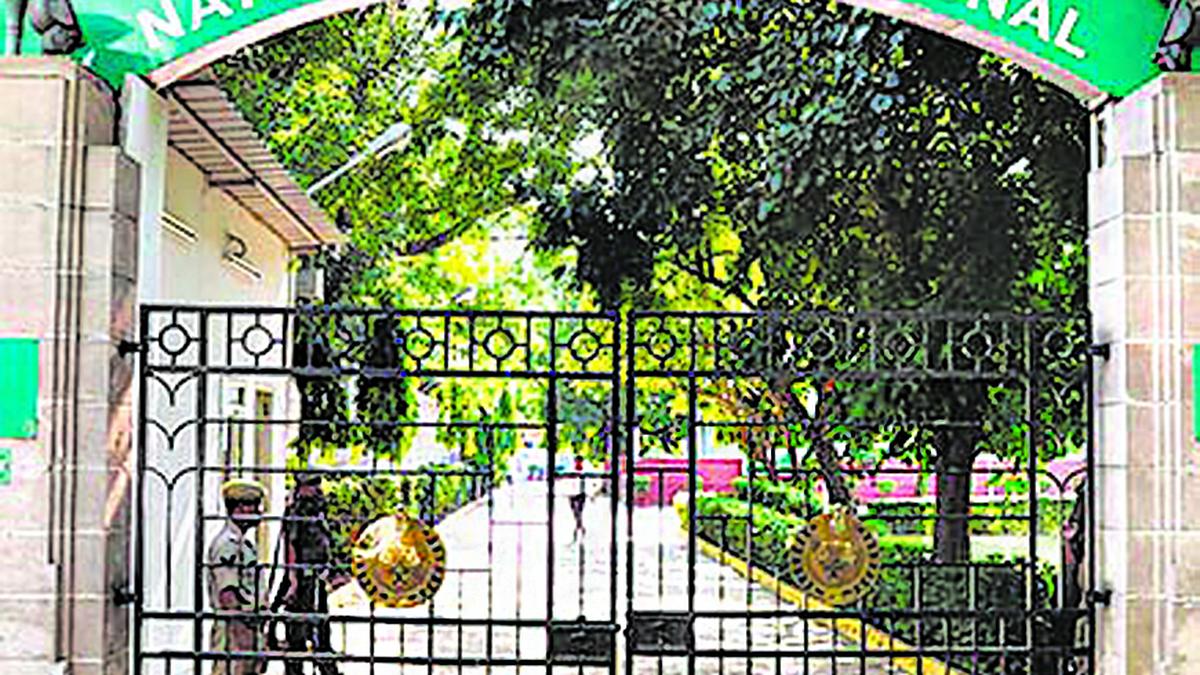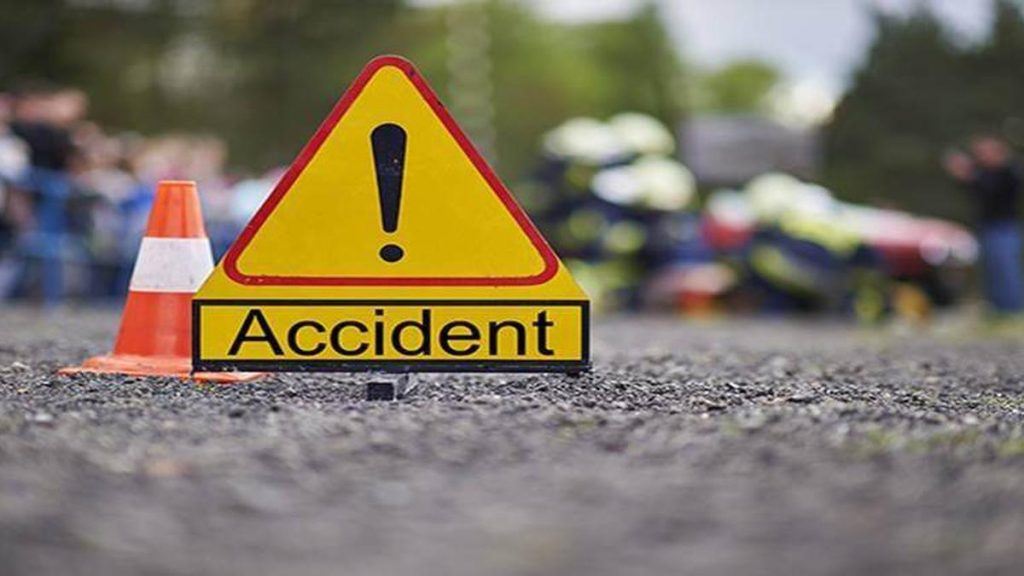Now Reading: Illegal Mining Threatens Bageshwar with Disasters, Govt Panel Warns NGT
-
01
Illegal Mining Threatens Bageshwar with Disasters, Govt Panel Warns NGT
Illegal Mining Threatens Bageshwar with Disasters, Govt Panel Warns NGT

Quick Summary
- An expert panel has warned that unscientific mining in Uttarakhand’s Bageshwar district is destabilizing slopes, threatening villages and agriculture, and disrupting water sources in the fragile Himalayan region.
- The “Geological Assessment and Recommendations For Sustainable Mining Practices in Bageshwar District” report was submitted to the National Green Tribunal on July 30 after rising complaints of landslides, drying springs, cracked houses, and crop losses.
- The assessment covered 61 mines across Bageshwar, Kanda, and Dugnakuri tehsils.Findings include:
– Steep vertical cuts altering natural slopes.
– Ground subsidence, rockslides, cracks observed at multiple sites.
– debris dumped into streams causing drainage blockages.
– Overlapping of mining leases with villages and farmland directly endangering communities.
– Disruption of groundwater reserves; critical springs drying up or diminishing flow.
- Recommendations from the panel include:
– Stringent monitoring using a local seismic network and satellite technology to track deformation risks.
– Mandatory slope stability analysis for all mines reviewed by research institutions.
– Creation of geo-referenced databases for lease tracking; reassessment of overlapping leases near villages or water sources.
– Sustainable mining practices such as controlled blasting, proper waste disposal systems, aquifer mapping for groundwater protection.
images:
!80/CCIUDHinduKSLUPA5JMM9UR15530914300_5f8ce994-74b6-446a-9aa8-83bf42220faa.jpg”>Image 2
Indian Opinion Analysis
The findings from this geological assessment highlight serious risks associated with poorly regulated mining practices in an environmentally sensitive Himalayan region like Bageshwar. Given its location within seismic zone V-one of India’s most earthquake-prone areas-the implications underscore systemic vulnerabilities that require immediate corrective action.
From an environmental perspective, the discharge of debris into streams exacerbating waterlogging could have cascading effects on ecosystems downstream.The depletion or contamination of groundwater resources impacts not only agriculture but also drinking water supply-a lifeline for rural communities dependent on natural springs.
Economically speaking, disruptions to farming due to unstable slopes compromise livelihoods in this area renowned for its dependence on agriculture. Reassessing overlapping leases near human settlements adds urgency given visible subsidence issues that can threaten entire village clusters.
Adopting science-driven solutions such as slope stability analyses verified by certified institutions is crucial-not only from risk mitigation but also ethical land-use accountability perspectives critical for sustainable advancement goals set forth nationally.
Leveraging tools like aquifer mapping alongside innovative monitoring techniques may serve both environmental preservation goals while securing long-term resource viability vital to safeguarding Himalayan infrastructure integrity amidst increasing climate-linked disasters globally trending upwards.
























